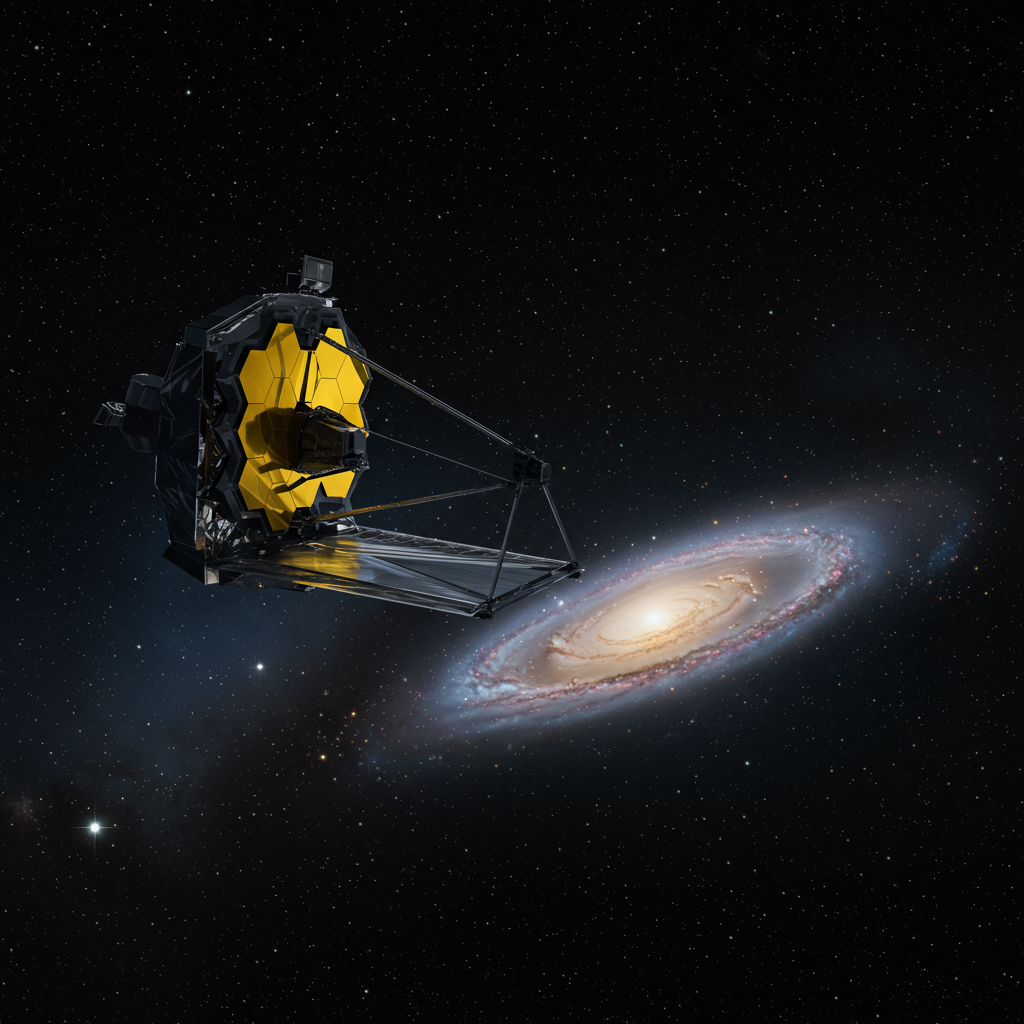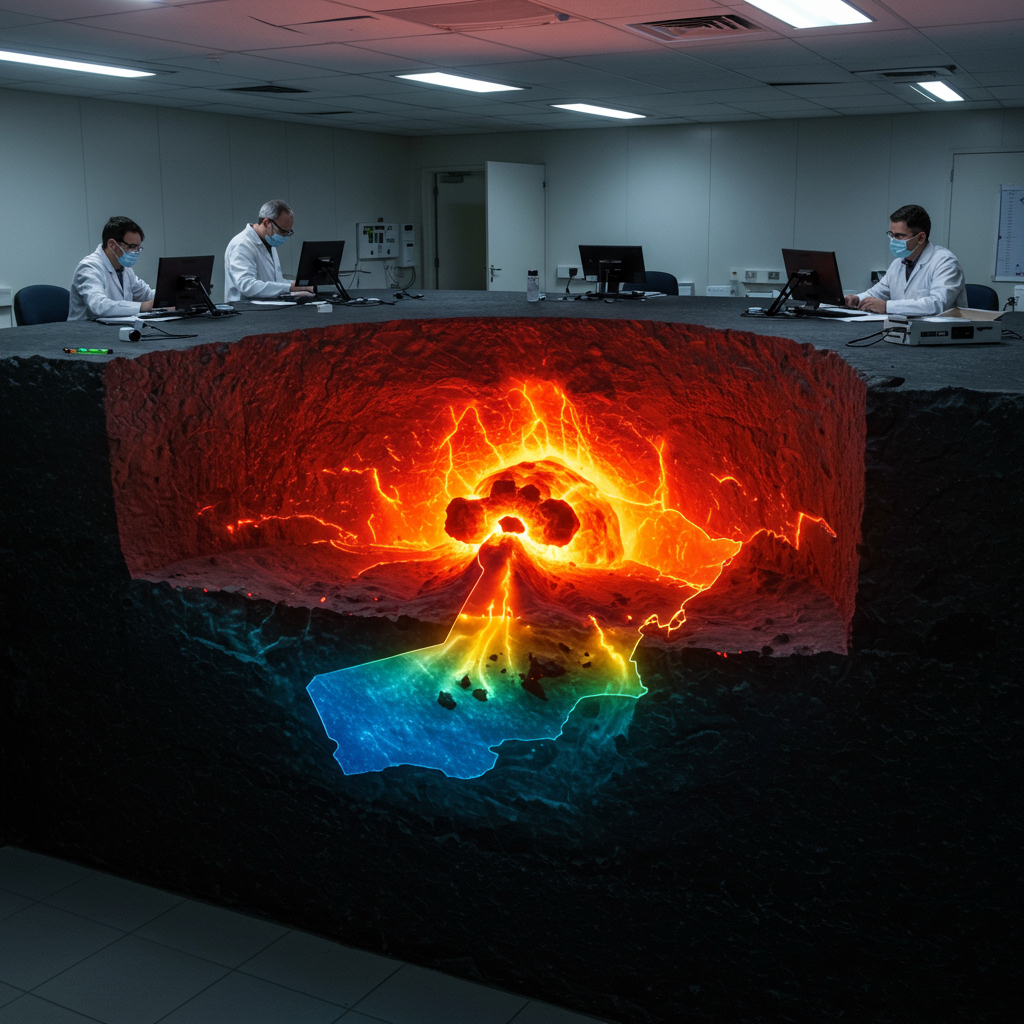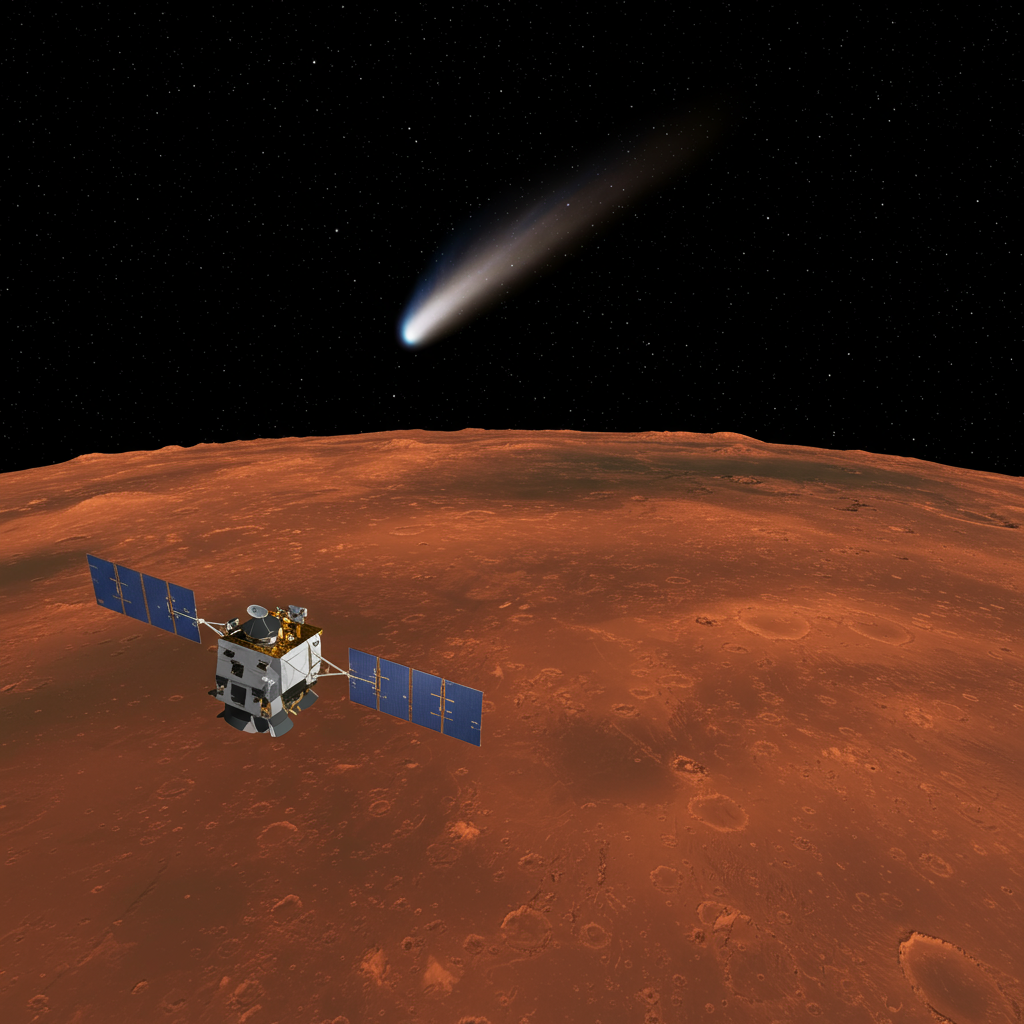How did our own milky Way, and countless other galaxies across the cosmos, acquire their signature flat, rotating disk shapes? This fundamental question has puzzled astronomers for decades. These intricate stellar disks hold vital clues, acting like fossil records that chronicle how galaxies form stars, build up elements crucial for life like carbon and oxygen, and evolve over vast stretches of cosmic time.
For years, the detailed structure of galactic disks – specifically, the presence of distinct thin and thick components – could only be studied in the Milky Way and nearby galaxies. Telescopes before the James Webb Space Telescope (JWST) simply couldn’t resolve the faint, delicate edges of distant galaxies when seen from the side.
That all changed with JWST. Launched in 2021, it is now the most powerful space telescope ever built. Its unprecedented vision is revealing the universe’s history in stunning detail.
Unlocking the Secrets of Distant Galactic Disks
An international team of scientists leveraged JWST’s capabilities to examine 111 distant galaxies seen edge-on. This specific alignment allowed them to observe the galaxies’ vertical disk structures directly.
Leading the research, Takafumi Tsukui described observing these faraway galaxies as using a powerful time machine. It gives astronomers a direct view of how galaxies constructed their disks throughout cosmic history.
“Thanks to the JWST’s sharp vision,” Tsukui stated, “we were able to identify thin and thick disks in galaxies far beyond our local universe, some dating back as far as 10 billion years ago.”
This study uncovered a consistent evolutionary pattern. In the early universe, most observed galaxies appeared to have just a single, thicker disk. As the universe aged, a clear trend emerged: more galaxies showed a two-layered structure, developing an additional, thinner disk component within the original thick disk. This strongly suggests that galaxies first assemble a thick disk, and then a thin disk forms later inside it. The team also found that this thin disk formation process appears to happen earlier in more massive galaxies.
Timing the Birth of the Thin Disk
The research team estimated the timing for the formation of the thin disk in galaxies comparable in size to our own Milky Way. Their analysis places this crucial event at around 8 billion years ago. This estimate aligns remarkably well with independent timelines derived from studying the ages of stars right here in the Milky Way. Such agreement provides strong support for the newly revealed sequential formation scenario.
To build a comprehensive picture, the team didn’t stop at just looking at stellar structure with JWST. They also incorporated data on the motion of gas – the raw material for stars – from sources like the Atacama Large Millimeter/submillimeter Array (ALMA) and other ground-based surveys.
This combined data supports a coherent formation story:
Galactic disks in the early universe were turbulent and gas-rich.
Intense star formation within these chaotic gas disks built the thick stellar disks.
As these thick disks grew, they helped stabilize the surrounding gas.
This calming effect allowed a less turbulent, thin stellar disk to form inside the thick disk.
- More massive galaxies, being more efficient at converting gas into stars, formed their thin disks sooner.
- www.sciencedaily.com
- www.giantfreakinrobot.com
Is Our Milky Way Typical?
Understanding this process helps answer a long-standing question: Is the Milky Way’s formation history typical or unique? The JWST images provided critical insights by showing galaxies that looked much like the Milky Way did billions of years ago. These findings suggest that the sequential formation of a thick disk followed by a thin disk might be a common pathway for many large spiral galaxies.
This study helps bridge the gap between detailed observations of nearby galaxies and broader surveys of distant ones. It significantly refines our understanding of how disk galaxies form and evolve across cosmic time.
Challenging Expectations: The Abundance of Early Spirals
Adding another layer to JWST’s revolutionary view of early galaxies is a separate, equally surprising discovery. JWST has identified over 1,000 galaxies in the distant universe that look remarkably like our Milky Way – complete with spiral arms and warps. These “copycat galaxies” are seen in light from when the universe was just 9 to 13 billion years old, meaning they existed billions of years earlier than expected.
This finding directly contradicts previous long-held theories about the early cosmos. For over three decades, astronomers believed that well-formed disk galaxies, like the Milky Way, should have been rare in the early universe. The prevalent theory was that frequent and violent galactic collisions and mergers would disrupt or destroy the delicate structures needed for spiral galaxies. Traditional models predicted that large, ordered structures would only form much later, perhaps after 10 billion years of evolution.
However, JWST’s deep scans tell a different story. Looking at one patch of sky, the telescope found 3,956 galaxies, and a staggering 1,672 of these were classified as Milky Way-like disk galaxies. Lead study author Leonardo Ferreira expressed surprise at the sheer number. This abundance indicates that complex galactic structures formed “much earlier than anyone had anticipated.”
Christopher Conselice, a co-author, highlighted the contrast with data from the Hubble Space Telescope. Hubble suggested disk galaxies were rare until the universe was about six billion years old. JWST observations push this timeline back considerably, showing these structures were forming much closer to the universe’s beginning.
This discovery implies that Milky Way look-alikes were potentially ten times more common in the early universe than previously believed. It forces a fundamental shift in our understanding of galaxy evolution. It strongly suggests that the conditions necessary for forming and maintaining these complex, ordered structures existed surprisingly early in cosmic history.
A New Era in Galaxy Research
Both discoveries – the sequential formation of disks and the unexpected prevalence of early spirals – underscore JWST’s transformative power. They are overturning long-standing models and deepening the mystery of how large galaxies, the cosmic homes for stars and planets, first emerged. Scientists will continue using JWST to study these distant systems, hoping to further refine models of galaxy formation and evolution across billions of years.
Frequently Asked Questions
How did JWST reveal the sequential formation of galactic disks?
JWST used its sharp vision to observe 111 distant galaxies viewed from the side, or edge-on. This allowed researchers to distinguish between thicker and thinner disk components, even billions of light-years away. By looking at galaxies at different distances (and thus different points in cosmic time), they saw a trend: older galaxies had only thick disks, while younger ones had both thick and thin disks. This pattern indicates galaxies first formed thick disks, then added thin disks later.
What are “copycat galaxies” and why are they surprising?
“Copycat galaxies” are distant galaxies observed by JWST that look remarkably similar to our own Milky Way, featuring clear spiral arms and disk structures. They are surprising because they exist in the early universe, dating back 9 to 13 billion years. Prevailing theories predicted that the chaotic conditions of the early universe, with frequent mergers, should have prevented such ordered, delicate spiral structures from forming until much later in cosmic history.
When did the Milky Way’s thin disk likely form, according to this research?
Based on observations of Milky Way-sized galaxies at various distances (and cosmic ages), the research team estimated that the thin disk of galaxies like ours likely formed around 8 billion years ago. This timeframe aligns well with age measurements of stars within the Milky Way itself. The study also linked this formation to the calming of turbulent gas within the galaxy’s disk.
Word Count Check: 921




